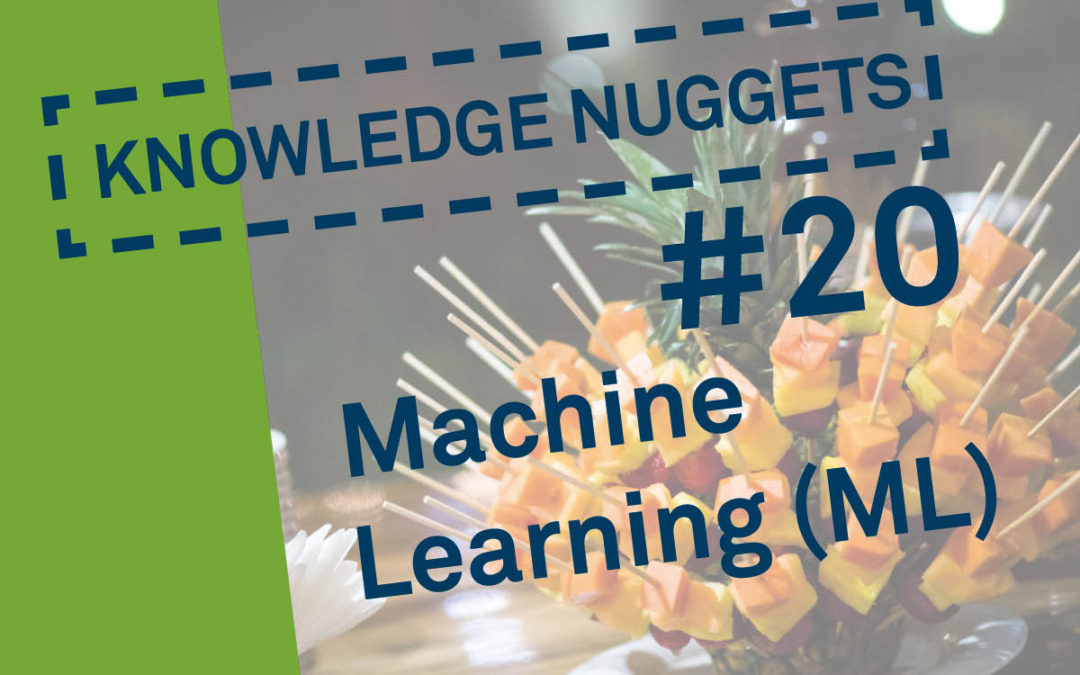Machine learning is a subarea of artificial intelligence (AI). It enables IT systems to recognize patterns and regularities on the basis of existing data and to develop solutions automatically. Software can therefore learn independently and find solutions without having to reprogram algorithms. Artificial knowledge is generated from experience. The knowledge gained from data can be generalized and used for new problem solutions. This form of algorithm is used, for example, for demand forecasting or predicting customer behavior on the way to a smart factory.
A machine learning algorithm is only as intelligent as data, developers and users behind it. In other words, humans are necessary for software to learn on its own, because they train the algorithm. A system must first be provided with the data and lines of code relevant for learning. To do this, the data must be gathered, extracted and checked for good quality. In addition, rules for data analysis and pattern recognition must be established.
Algorithms learn in different ways. While in supervised learning example models are defined and specified in advance, unsupervised learning runs automatically based on independently recognized patterns. Semi-supervised learning is a mixture of both methods. One approach that is very close to human learning is reinforcement learning, based on rewards and punishments. In this way, the system learns which conclusions were correct and which were incorrect. Finally, active learning should be mentioned. Here, the algorithm independently asks questions and thus determines which results belong to which input data.
Once the system has been trained, it can make predictions, calculate probabilities for certain events, adapt itself independently and optimize existing processes with the help of recognized patterns. Some internet providers use machine learning to personalize views or advertising content for each user. This concept can also be applied to the Silicon Economy, the Platform Economy of the future. Each actor on a platform receives an individual user interface and thus only the content relevant to him is displayed. Furthermore, ML is used in the context of forecasting, in image recognition (automatic quality controls) or in condition monitoring.
